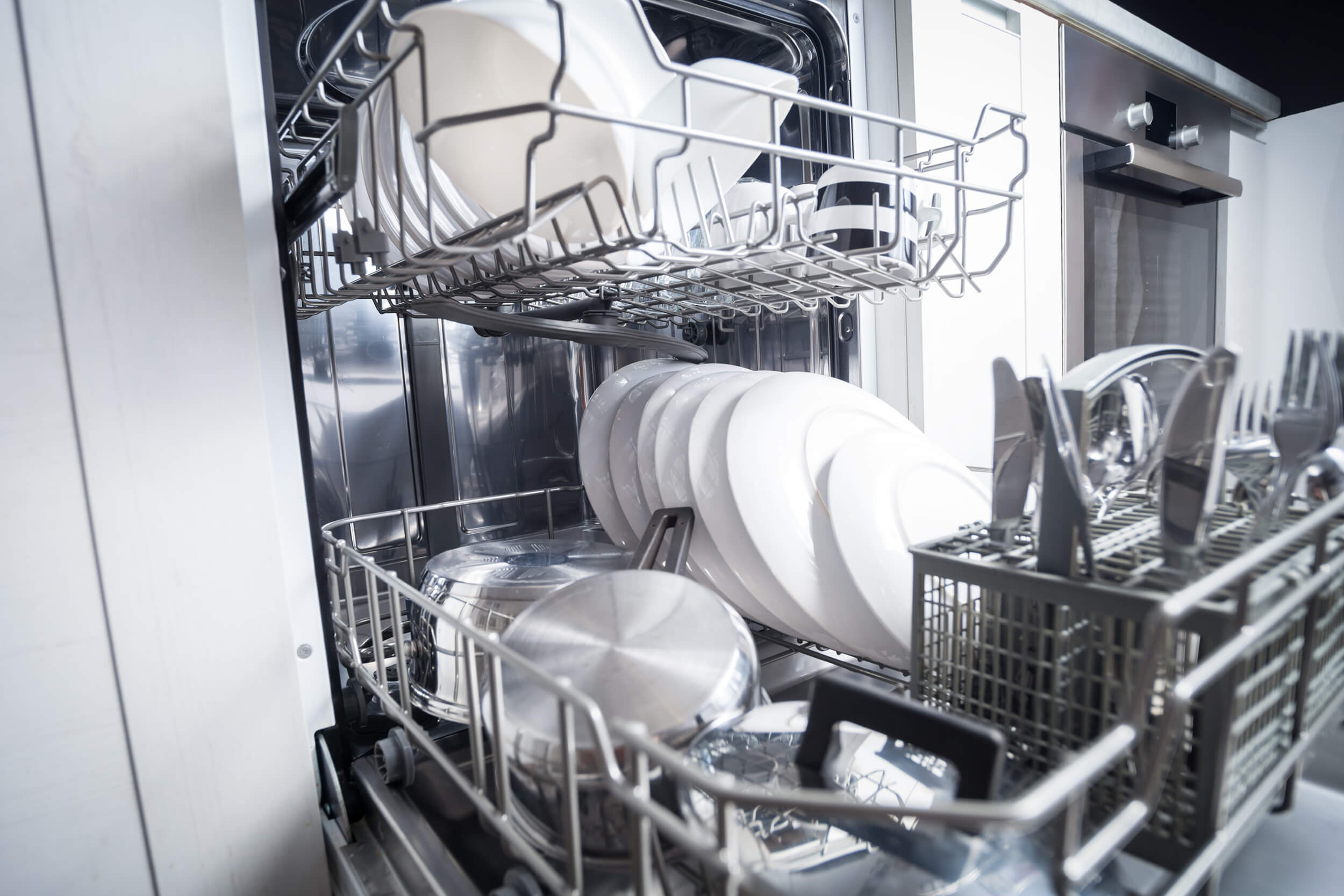FOR IMMEDIATE RELEASE
September 23, 2004
CONTACT:
Andrew deLaski, 617-363-9470
Steven Nadel, 202-429-8873
Energy Department Delays Cost Consumers Billions in Higher Energy Bills
New Report Details What's at Stake in New Energy-Saving Standards for Furnaces, Air Conditioners, and Other Products
-- REQUIRED UPGRADES ARE AS MUCH AS A DECADE LATE --
Washington, DC -- Each year's delay in setting three new Department of Energy appliance efficiency standards costs consumers and businesses billions of dollars in higher energy bills, according to a major new study released today. Each year of delay increases annual energy use by 3.3 million megawatt hours of electricity and by 11 billion cubic feet of natural gas—enough electricity to power about 330,000 typical U.S homes and natural gas to heat about 170,000 homes.
"Across two administrations, DOE has missed one legal deadline after another for reviewing and upgrading efficiency standards—it's been a bipartisan failure," said Andrew deLaski, Executive Director of the Appliance Standards Awareness Project and a principal author of the report. "For just the three products labeled as 'high priority' by DOE, each year of delay costs consumers and businesses over $7 billion dollars in higher energy costs over the lifetimes of the additional inefficient equipment sold."
DOE named development of new standards for residential furnaces and boilers, commercial air conditioners, and distribution transformers its "high priorities" in 2001. Since then, DOE has repeatedly missed self-imposed deadlines for advancing new standards. DOE finally issued initial proposals in August. Under Departmental procedures, following the "high priority" designation, initial proposals should have been out by late 2002 and final new standards this fall. According to deLaski, with these latest delays, new standards are as much as a decade late. Congress required a new furnace standard by 1994 and a new transformer standard by 1996.
"Enormous energy savings are at stake," said Steven Nadel, Executive Director of the American Council for an Energy-Efficient Economy and another principal author of the report. "Strong standards for these three products could slash U.S. electricity demand by about 22,000 megawatts, eliminating the need for as many as 70 new power plants in the years ahead."
According to the report, the new standards would save consumers and businesses $22 billion (2004$) net of increases in product prices due to the standards while cutting key pollutants that contribute to air quality problems and global warming.
"The $22 billion of benefits from these standards could not come at a better time," according to Kateri Callahan, President of the Alliance to Save Energy. "Energy users need efficient appliances and equipment to manage energy costs that seem to increase daily. These standards are a big step in that direction."
The initial proposals issued by DOE in August include extensive technical and economic analysis that generally indicates that significantly more stringent standards are justified. Callahan commented that the quality analytical groundwork that DOE has now completed should provide a basis for DOE moving forward with no further delays.
"We hope that, with the initial proposals finally out, DOE can get itself back on track and complete new standards soon," said Nadel. "We are also reaching out to manufacturers and other key stakeholders to see whether consensus agreements on standards for these products can be negotiated," he continued, noting that "DOE generally moves more quickly on consensus than contested standards."
Furnace Standards Would Yield Biggest Savings and Biggest Controversy
The report's authors found that among the three "high priority" standards, the largest energy and economic savings would come from updating the furnace and boiler standard. But achieving these savings may prove controversial. Currently, DOE only regulates the oil and gas use of furnaces, ignoring the electricity consumed by furnace fans, despite the fact that, in a typical home, a furnace fan uses twice as much electricity as a new refrigerator. Furthermore, DOE sets one national standard, undifferentiated for climatic differences.
"A one-size-fits-all national furnace standard ignores the fact that it's much colder in Minnesota than in Mississippi," said deLaski. "DOE could fix this problem by setting two standards—one for cold weather states and one for the rest of the country."
In its preliminary proposals, DOE asserted that it lacks legal authority to regulate furnace electricity consumption or to set a cold weather state standard. Efficiency supporters will testify in hearings next week that DOE must do both to meet the letter and intent of the appliance standards law that requires the agency to set standards at levels that maximize energy efficiency and that are "technologically feasible and economically justified."
"With yet another winter of sky-high heating bills around the corner, it's a horrible time for DOE to walk away from its responsibility of establishing common-sense furnace efficiency standards," said Nadel.
DOE will hold public hearings for these three standards next week and accept public comment through November. Under its normal procedures, DOE would review those comments, complete further analysis, and issue a proposed rule in about one year and follow that proposal with a final rule about six months later. For most products, the new standards would go into effect three years after the final rule is published.
In addition to being behind on the current rulemakings, DOE has missed legal deadlines for another dozen products. The report issued today includes an appendix with state-by-state estimates of the impact such new standards would have on energy use, energy bills, and the environment.
Powerful Priorities: Updating Energy Efficiency Standards for Residential Furnaces, Commercial Air Conditioners, and Distribution Transformers can be downloaded for free at www.standardsASAP.org or purchased online for $40 plus $5 postage and handling from ACEEE Publications, 1001 Connecticut Avenue, N.W., Suite 801, Washington, D.C. 20036-5525, phone: 202-429-0063, fax: 202-429-0193, and e-mail: aceee_publications@aceee.org.
# # #
About ASAP: The Appliance Standards Awareness Project is a coalition group dedicated to advancing cost-effective energy efficiency standards for appliances and equipment. ASAP works at both the state and federal levels and is led by a Steering Committee with representatives from consumer groups, utilities, state government, environmental groups, and energy efficiency groups. ASAP was founded in 1998 by the American Council for an Energy-Efficient Economy, the Alliance to Save Energy, the Natural Resources Defense Council, and the Energy Foundation. For information about ASAP, contact ASAP, 20 Belgrade Avenue, Suite 7, Boston, MA 02131 or visit http://standardsASAP.org.
About ACEEE: The American Council for an Energy-Efficient Economy is an independent, nonprofit organization dedicated to advancing energy efficiency as a means of promoting both economic prosperity and environmental protection. For information about ACEEE and its programs and publications, contact ACEEE, 1001 Connecticut Avenue, N.W., Suite 801, Washington, DC 20036-5525 or visit http://aceee.org.
About ASE: The Alliance to Save Energy is a coalition of prominent business, government, environmental, and consumer leaders who promote the efficient and clean use of energy worldwide to benefit consumers, the environment, economy, and national security.




